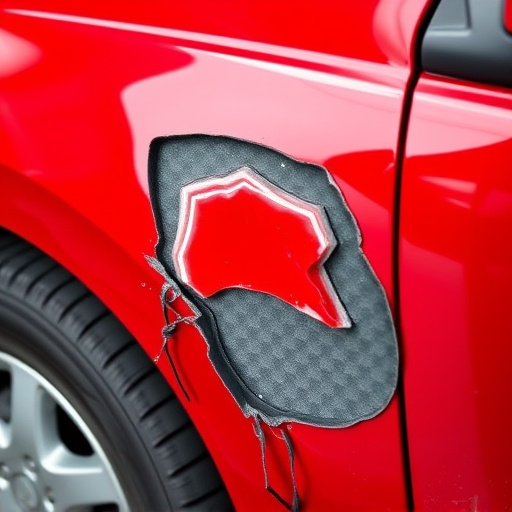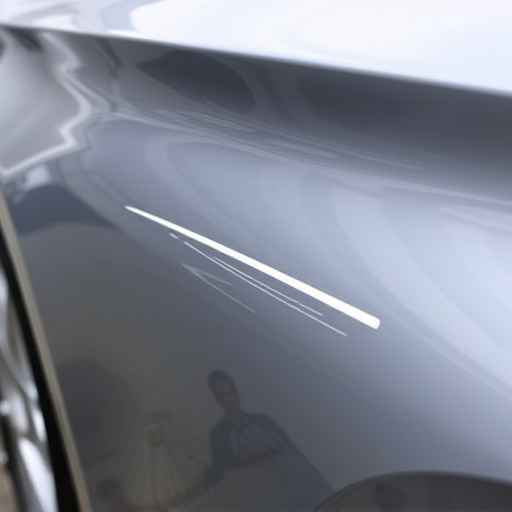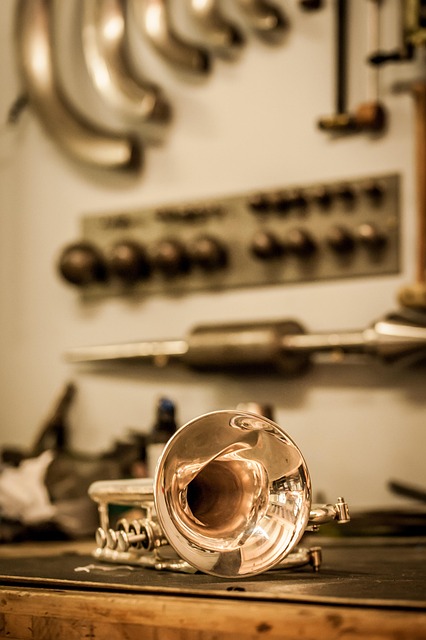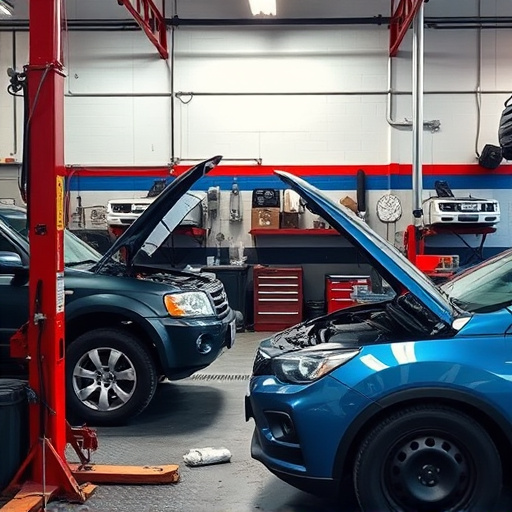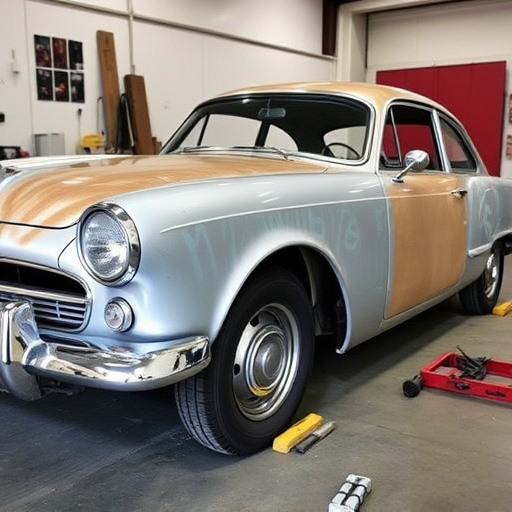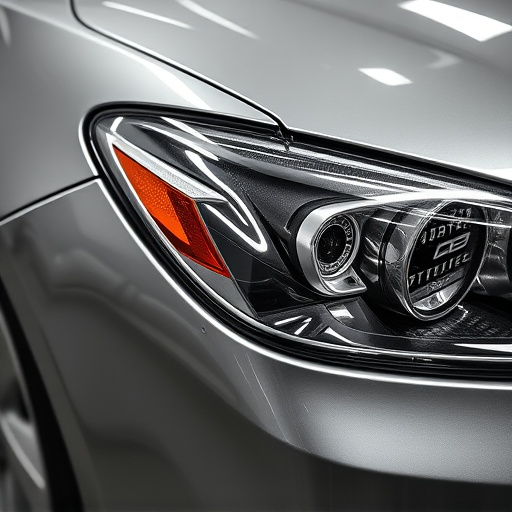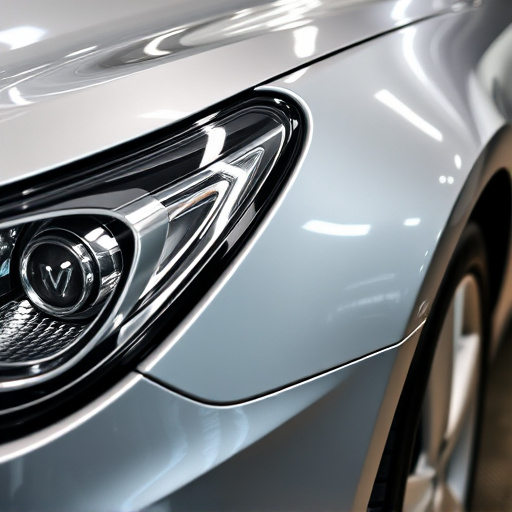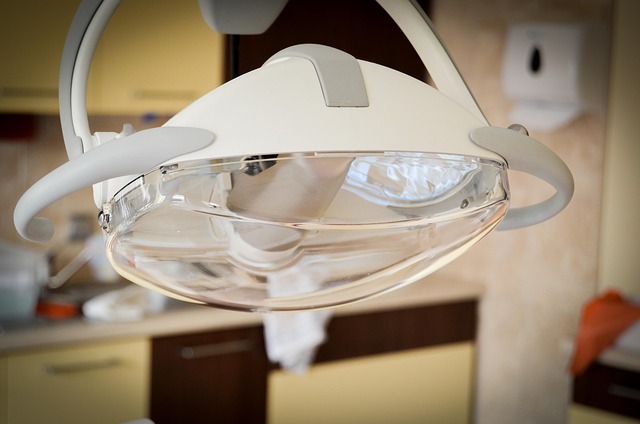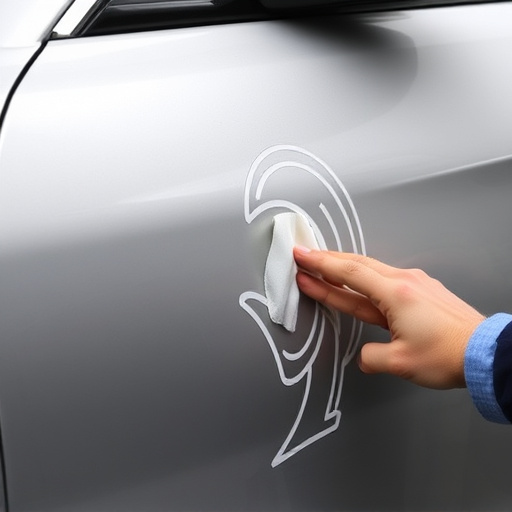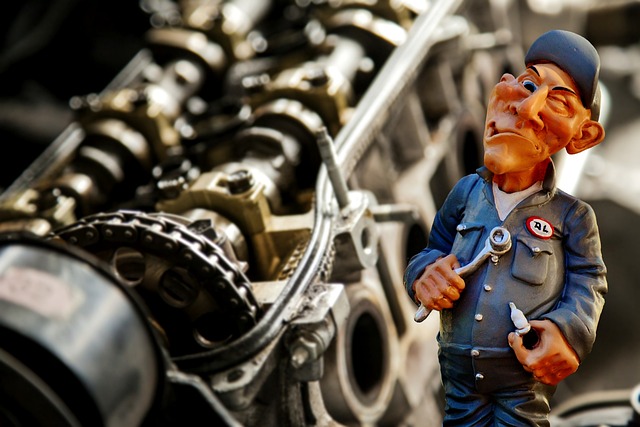Auto body shop direct repair is a cost-effective method for fixing minor vehicle damage using advanced tools and skilled labor, offering near-perfect finishes without OEM parts or extensive diagnostics. Advantages include expert technicians, inventory management, seamless integration of new and repaired parts, and savings for customers. Challenges include maintaining consistent quality control and adapting to modern vehicle designs, with standardization and training crucial for uniformity, particularly in smaller, independently owned shops.
In today’s competitive automotive industry, understanding the nuances of auto body shop direct repair is paramount. This article delves into the concept, exploring whether quality is indeed higher in direct repair work compared to traditional methods. We’ll dissect the advantages, from cost-effectiveness to faster turnaround times, and address potential challenges. By the end, you’ll grasp the significance of direct repair in shaping the future of auto body shop services.
- Understanding Direct Repair: The Basics
- Advantages of Auto Body Shop Direct Work
- Potential Challenges and Considerations
Understanding Direct Repair: The Basics
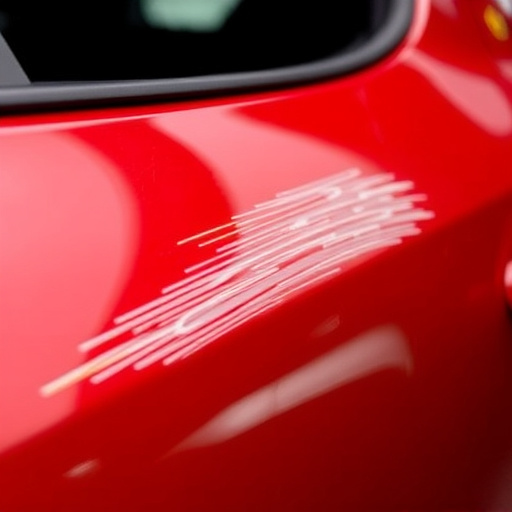
Direct Repair, often referred to as “fix it once” or “no-nonsense” repairs, is a process where an auto body shop fixes damage directly on the vehicle without using original equipment manufacturer (OEM) parts or conducting extensive diagnostic checks. This method prioritizes speed and cost-effectiveness while ensuring structural integrity. It’s particularly popular for smaller issues like minor dents, scratches, and bums, commonly known as vehicle dent repair.
In an auto body shop direct repair scenario, the process involves assessing the damage, making the necessary adjustments to the panel, and painting over the repairs. This approach leverages advanced tools and techniques to achieve a near-perfect finish, often at a lower cost compared to traditional body shop services. By minimizing the use of new parts and focusing on skilled labor, direct repair can be a viable option for both insurance companies and vehicle owners looking for swift, efficient solutions without compromising quality.
Advantages of Auto Body Shop Direct Work
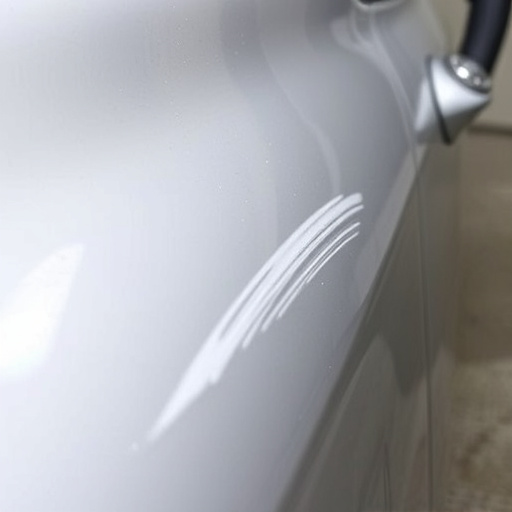
Direct repair work performed by an auto body shop offers several advantages that can significantly impact both the quality and efficiency of vehicle restoration. One of the key benefits is the expertise and specialized knowledge that experienced auto body technicians bring to the table. These professionals are trained to handle a wide range of auto painting and bodywork repairs, ensuring precise and accurate results. By conducting direct repair, the shop can maintain strict control over every stage of the process, from assessment and disassembly to actual fixing and repainting. This level of oversight is crucial in achieving consistent quality and addressing potential issues early on.
Additionally, direct repair allows for better inventory management as the shop sources materials directly, ensuring only high-quality components are used. In the case of Mercedes Benz collision repair or any luxury automotive brand, this attention to detail can make a world of difference in the final outcome. Auto body repairs done directly by skilled artisans can result in seamless integration of new and repaired parts, providing an aesthetic that mirrors the vehicle’s original condition. Moreover, direct work often leads to cost savings for customers due to eliminated middlemen, potentially lower labor rates, and more efficient use of resources, which is a win-win scenario for both parties involved.
Potential Challenges and Considerations
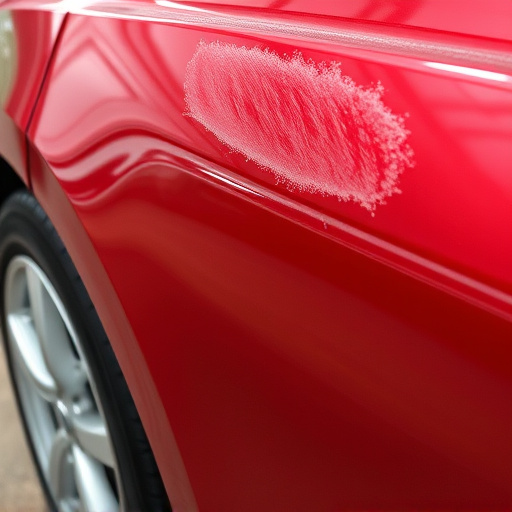
The auto body shop direct repair approach, while promising, isn’t without potential challenges and considerations. One significant hurdle is ensuring consistent quality control across various locations, especially with different technicians handling repairs. Standardization and training become paramount to maintain high standards, as each shop may have unique practices and equipment. This uniformity can be difficult to achieve, particularly in smaller, independently owned body shops that lack centralized management.
Another factor to contemplate is the complexity of modern vehicle designs. As automotive technology advances, cars are becoming increasingly intricate, with sophisticated computer systems and lightweight materials. These factors demand specialized knowledge and tools, which can be a challenge for independent shops lacking extensive resources comparable to those found in collision repair centers or automotive restoration facilities.
In conclusion, auto body shop direct repair offers numerous advantages, such as faster turnaround times, cost-effectiveness, and enhanced control over quality. However, it’s not without challenges. By understanding the basics of direct repair, recognizing its benefits, and addressing potential considerations, auto body shops can deliver high-quality work that meets customer expectations. Embracing direct repair practices can ultimately revolutionize the industry, ensuring efficient, effective, and superior results.

